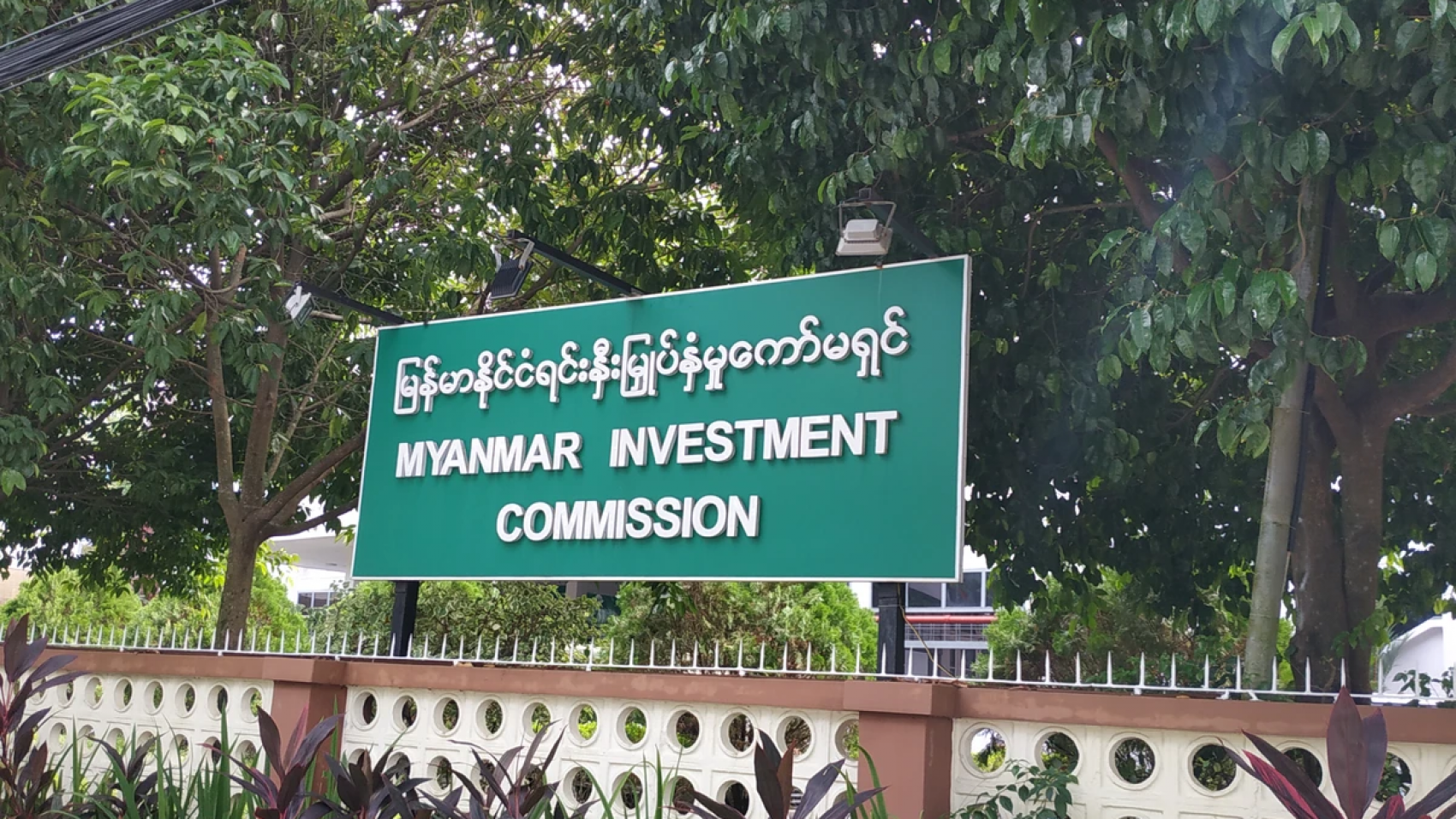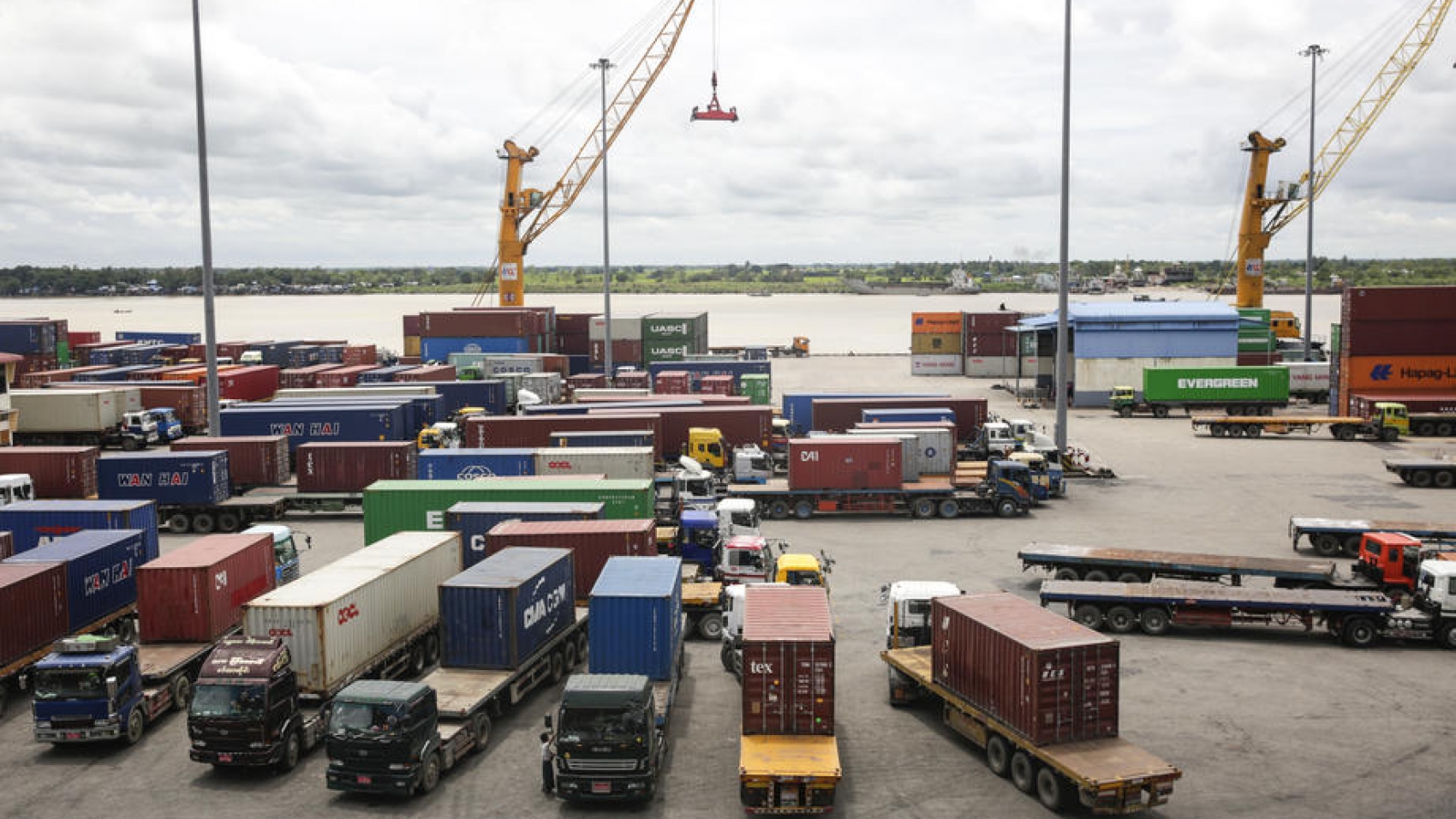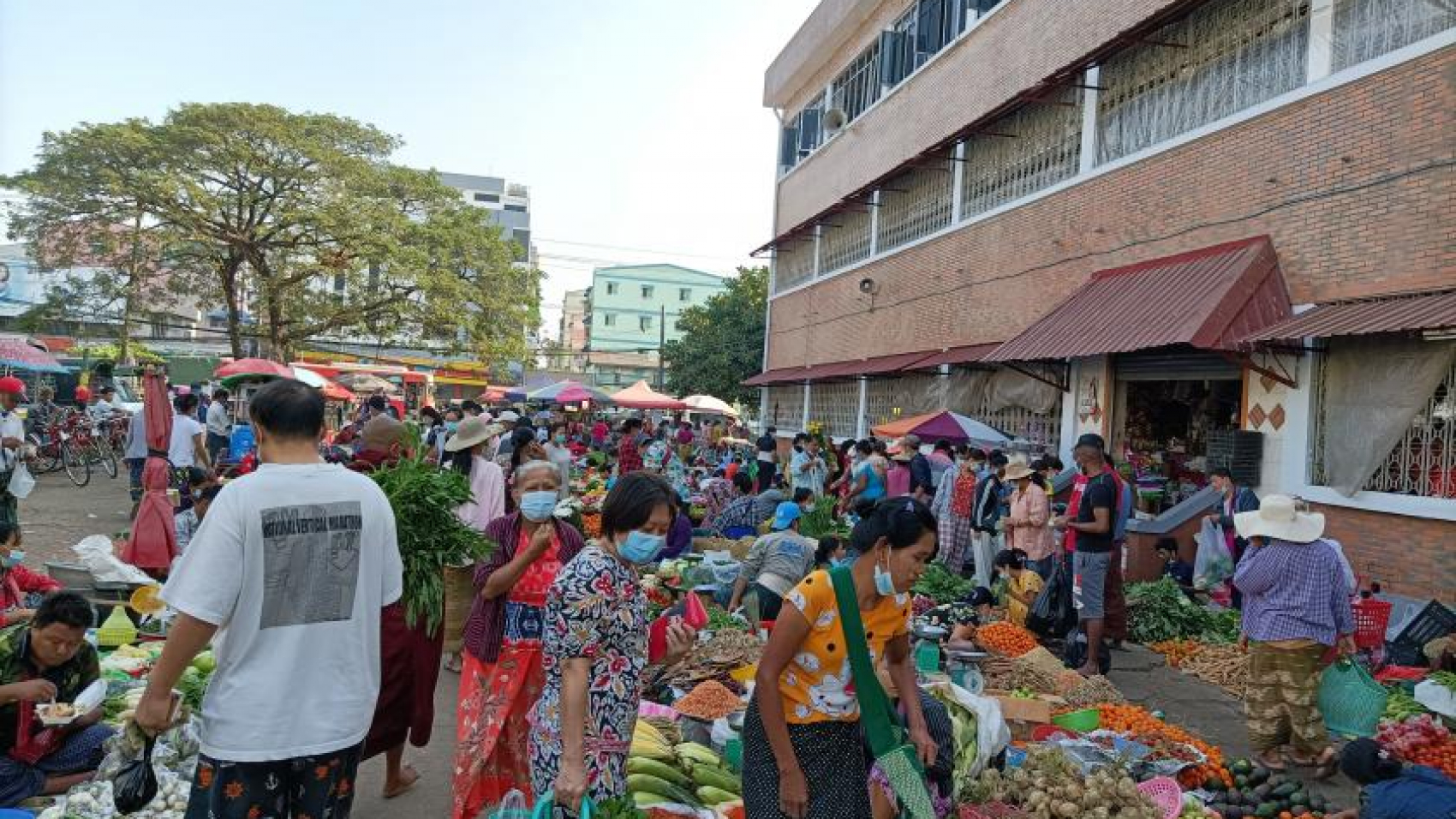Gold transactions still cannot be fixed on the Central Bank of Myanmar’s reference exchange rate amid the financial difficulty, said U Myo Myint, the Yangon Region Gold Entrepreneurs Association (YGEA) chair.
According to the provisions stipulated in Sections 11, 12 and 13 of the Foreign Exchange Management Law, the foreign exchange earned by locals in Myanmar must be deposited in accounts at the authorized dealers and exchanged for the local currency at the Central Bank of Myanmar’s reference rate of K1,850 per US dollar within one working day, according to the notification released on 3 April.
That is why the YGEA called for an urgent meeting on 8 April. The meeting determined to carry out gold transactions depending on the CBM’s reference exchange rate. However, it has not come into effect yet. “We have difficulty fixing the gold price on the CBM’S reference rate. The border market does not accept the set rate of K1,850. Nonetheless, the transaction is done with the exchange rate margin,” U Myo Myint was quoted as saying. On 23 April, officials from the department concerned, the YGEA and Mandalay Region Gold Entrepreneurs Association discussed gold price stability at the meeting. Gold transaction on the CBM’s reference rate, immediate payments, and avoiding price manipulation was discussed, he said.
Current market condition impedes transaction on the basis of the reference rate. Yet, it will be implemented later, he continued. The US dollar stands at K2,000 in the unofficial black market, while the CBM reference rate is K1,850. The gold price stands at US$1,903 per ounce in the global market. Meanwhile, 24-carat gold is worth K2,045,000 per tical (0.578 ounce or 0.016 kilogramme). The domestic gold price is highly correlated with the global gold price, YGEA stated. During the end of September 2021, a dollar value hit an all-time high of over K3,000 in the gold exchanges and consequently, the pure gold reached a record high of K2.22 million per tical in history.
Source: The Global New Light of Myanmar





